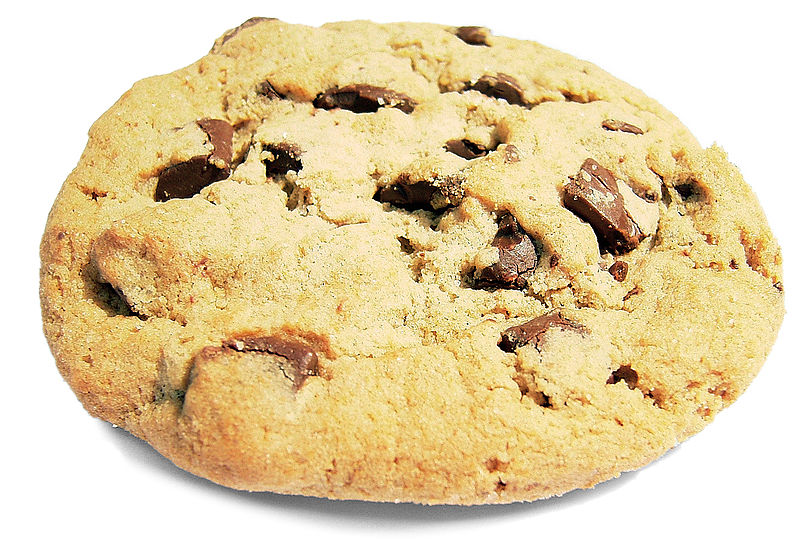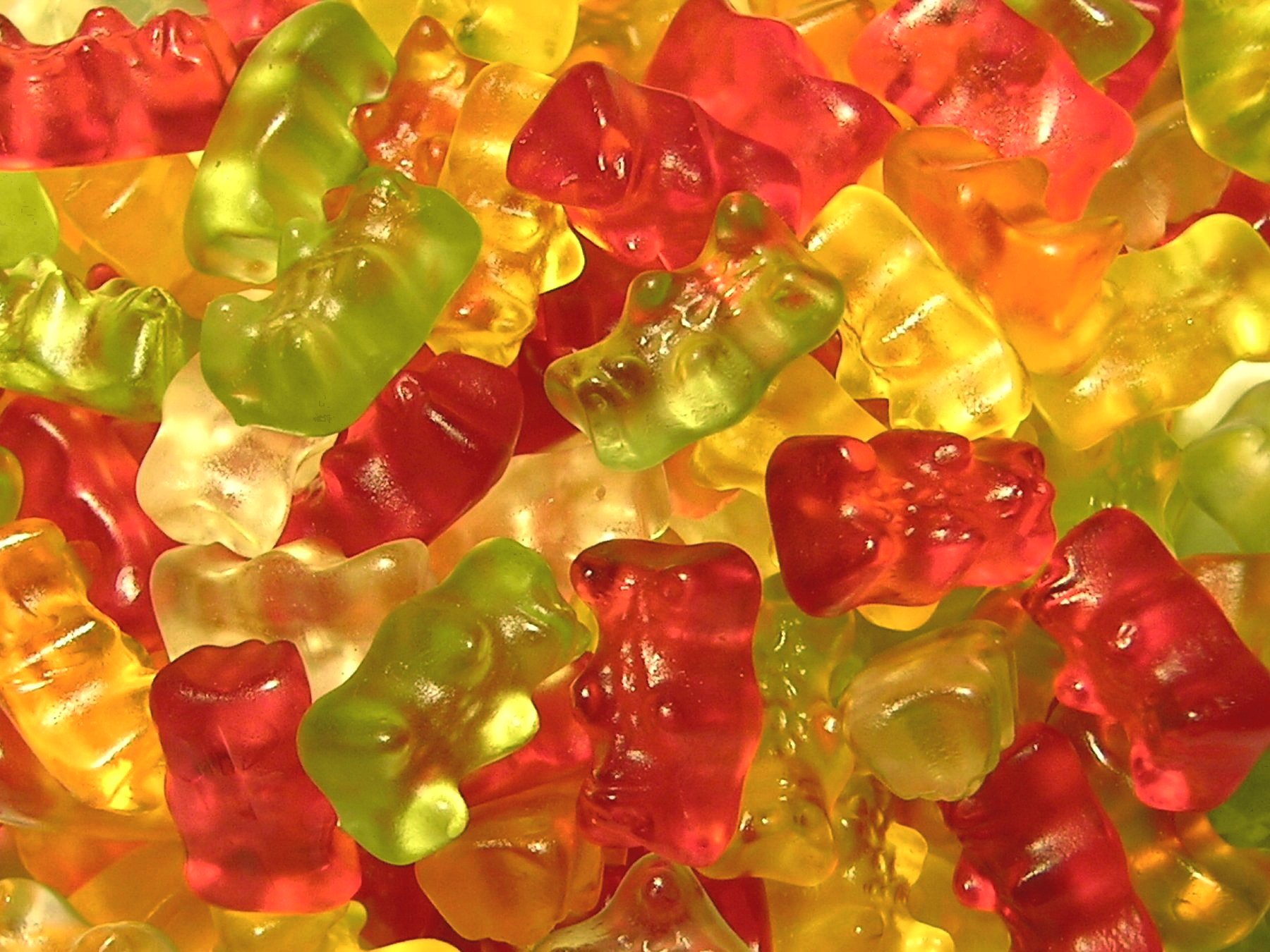Who doesn't love chocolate chips cookie ? dipping with milk for midnight snacks :D mm .....
And the Genius Who Invented Chocolate Cookies is Ruth Graves Wakefield, The chocolate chip cookie was accidentally developed by in 1930.
Ruth Wakefield prepared the recipes for the meals served to the guests at the Inn and gained local notoriety for her deserts. One of her favorite recipes was for Butter Drop Do cookies. The recipe called for the use of baker's chocolate and one day Ruth found herself without the needed ingredient. She substituted a semi-sweet chocolate bar cut up into bits. However, unlike the baker's chocolate the chopped up chocolate bar did not melt completely, the small pieces only softened.
 |
Ruth Graves Wakefield owned the Toll House Inn, in Whitman, Massachusetts, a very popular restaurant that featured home cooking in the 1930s. The restaurant's popularity was not just due to its home-cooked style meals; her policy was to give diners a whole extra helping of their entrées to take home with them and a serving of her homemade cookies for dessert. Her cookbook, Toll House Tried and True Recipes, was published in 1936 by M. Barrows & Company, New York. It included the recipe "Toll House Chocolate Crunch Cookie", which rapidly became a favorite to be baked in American homes.
As it so happened the chocolate bar had been a gift from Andrew Nestle of the Nestle Chocolate Company. As the Toll House chocolate chip cookie recipe became popular, sales of Nestle's semi-sweet chocolate bar increased. Andrew Nestle and Ruth Wakefield struck a deal. Nestle would print the Toll House Cookie recipe on its packaging and Ruth Wakefield would have a lifetime supply of Nestle chocolate.
 |
| Toll House Station |
source : http://en.wikipedia.org/wiki/Chocolate_chip_cookie , http://inventors.about.com/od/wstartinventors/a/Chocolate_Chip.htm




 cassava plant
cassava plant
 Keripik Singkong Balado, chili cassava chips
Keripik Singkong Balado, chili cassava chips


